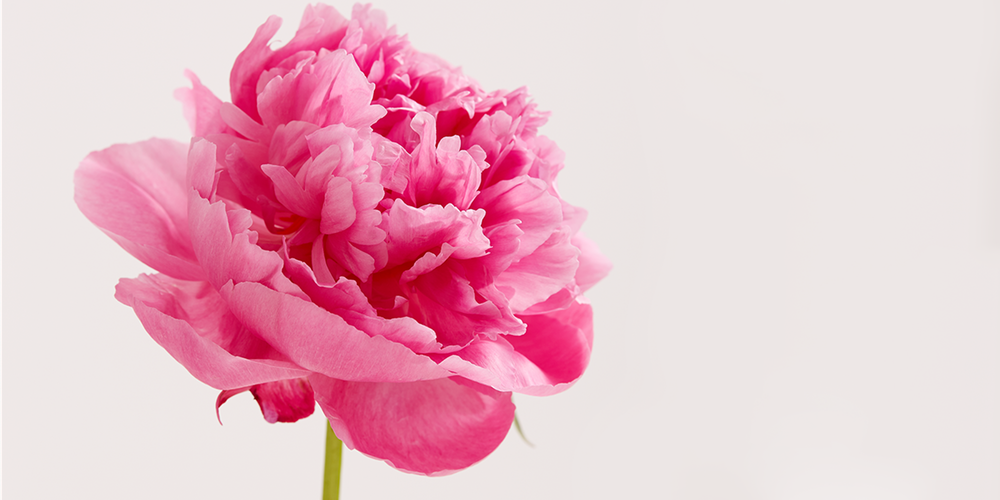
Paeonia officinalis
Peony is a perennial plant which occurs in the wild as well as being cultivated in a number of gardens. Peony has distinguishing large, solitary, red or purplish-red flowers somewhat resembling roses, a green and juicy stem between two and three feet high, and a thick, knobby rootstock.
PARTS USED
Root, bark.
USES
While it is rarely used in contemporary European herbal medicine, peony is thought to be antispasmodic and sedative. The root may be employed to treat whooping cough and nervous irritation, and suppositories are sometimes made of the root to relieve anal and intestinal spasms.
A useful extract for treating gout and asthma can be made from the root. Bring 1-1/2 pints of red wine to a slow rolling boil. Add 1/4 cup chopped peony root, cover and simmer on low heat for 15 minutes. Set aside, steep for 30 minutes, strain and refrigerate. Drink one-half cup twice daily on an empty stomach. Caution: The flowers and leaves of peony can make you sick; therefore, they should not be used internally.
Peony root is very popular in Chinese medicine. Peony root is used to alleviate the pain and swelling of traumatic injuries, and to clear away congealed blood resulting from serious bumps or bruises. It is useful in the early stages of abscesses, boils and carbuncles